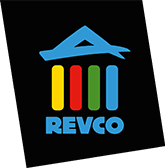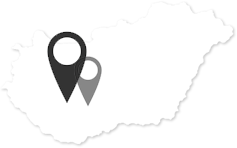Tips for choosing a colour
There are a couple of options to do that:
- Select from sample wall or colour chart available at the premises of our trading partners.
- Certain distributors undertake mixing of colours on site, where sample bucket can be bought, which contains a quarter of the quantity (4 kg) relative to the standard bucket, and mixed to the desired colour on site. This is a real material sample, which can be applied on building wall or cardboard, etc.
The possibilities are limited if the material is already coloured. It can be corrected by adding colouring paste if the material is not applied yet, but only darker shades could be obtained, naturally. The recoating is the only option after application.
The full equivalence of colours cannot be guaranteed if subsequent order is placed a long time after the original colouring. Therefore, it is worth to mention that the materials are to be purchased to match an earlier colour. If in doubt, you should bring a sample, and our laboratory will prepare an approximate recipe, however, the full equivalence of colour cannot be accomplished frequently.
The colour of all materials loses some saturation if exposed to ultraviolet radiation for years. This phenomenon is more conspicuous, if the colour is dark. For colouring our products we use the inorganic pastes that have the highest resistance as much a possible in order to ensure UV stability. Certain colours are produced mostly with organic red and/or orange coloured pastes. In such cases the a certain loss of saturation could be encountered on surfaces exposed to sunshine for years.
The colour samples are prepared by printing, therefore, the final coloured surface might deviate slightly from them. The final colour depends on the mode of processing, on the substrate, on the particle size, texture and drying time of the coating. Such colour deviations cannot be a grounding for complaint. If different types of products are used with the same colour (paint, render), then the colour equivalence of the product shall be checked, because some colour differences might exist because of the dissimilar properties of the mineral filler in spite our efforts.
It is recommended to check the colour equivalence of the ordered product on a small surface prior to application. Use materials having the same production date for a unit of the facade. Each colour in the chart has a number which refers to the light reflectance value of the given colour (HBW): It is not recommended to use colours with value below 25 for thermal insulation systems.



